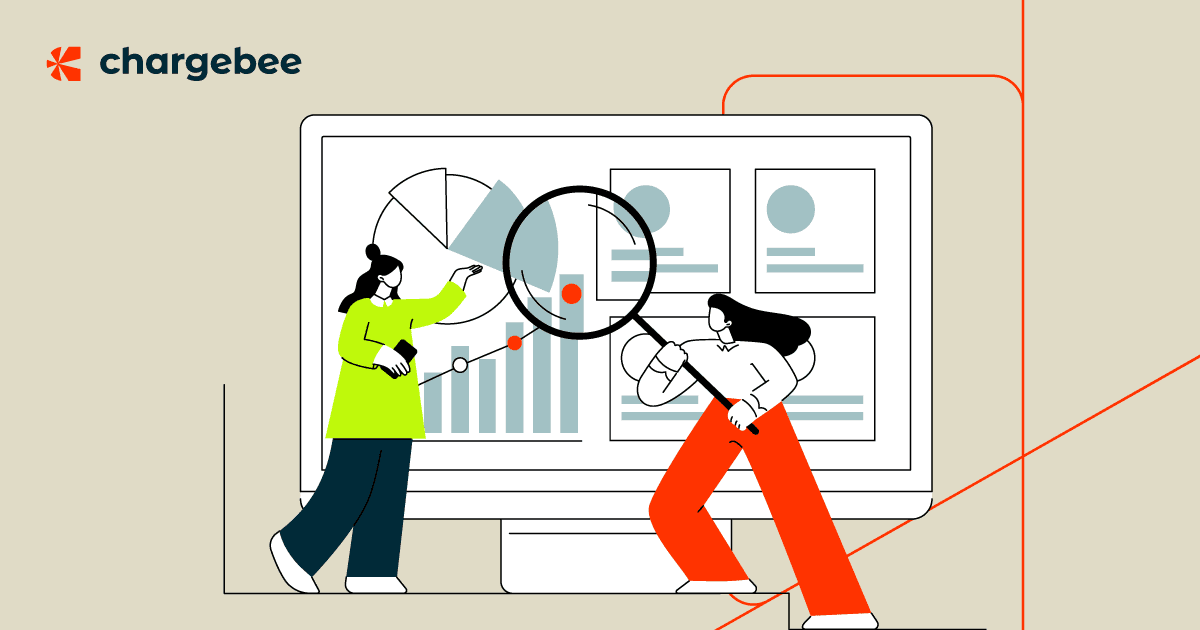When a SaaS customer churns, it isn’t just a sign of dissatisfaction with your product. As Lincoln Murphy puts it, lost customers are literally a “threat to your business, your revenue, [and] your ability to grow.”
To reduce your company’s churn rate, it’s critical to utilize implicit data to determine risk among your customer base.
If you aren’t actively using behavioral and churn analysis to determine which of your valuable customers are the most at risk for attrition, you’ll miss your chance to mitigate those risks. When you’re not looking, you could be surprised by a sudden and potentially devastating loss of revenue as your customers migrate to a competitor.
If you want to avoid this outcome, you need to implement proactive churn reduction efforts. To help you do that, here are four best strategies for keeping your customers happy and avoiding revenue churn.
1.Customer Engagement
The single biggest risk factor for churn is current customers who aren’t invested in your product. After all, if they aren’t using your productn on a regular basis, why should they continue paying for the service?
That said, it’s important to realize that you can’t accurately analyze behavior without a baseline measurement of optimal customer engagement. What’s normal for your product may change significantly over the customer lifecycle, so develop an accurate gauge of how your current customers use your product.
Murphy points out that without a baseline measurement, you could miss signs of disengagement, and “lose a customer when you really didn’t have to.”
If you need help with this, WebEngage is one platform that can aggregate valuable customer insights, including positive and negative feedback. Tools like this give you the ability to proactively monitor customer satisfaction — or a lack thereof.
2. Sign the Right Customers
Behavioral segmentation during the trial phase can ensure your company’s sales teams are focusing on the right prospects with the intention to buy the product.
Michael Gentle recommends proactively scoring your trial users against a set of defined churn risk criteria, which could include organizational information and insights on need, in addition to engagement.
By starting your battle against churn “upstream,” you can sign a customer base that’s more likely to remain engaged. Marketing automation tool, like Marketo, can assist with qualifying leads by creating comprehensive lead scoring profiles for your trial users.
Ultimately, getting the right customers from the start will help prevent long-term customer churn.
3. Strive for Meaningful Engagement
Your company’s best weapon for retaining high-risk customers is to provide them with tools for success. That’s because if your customers aren’t able to successfully use your product, they’ll stop engaging.
You can prevent this by investing in meaningful interactions with at-risk segments. Make sure you also focus on proactive support, like training your representatives to make suggestions for better customer experience.
In the SaaS realm, as Gentle points out, the customer needs to realize value each month or quarter before renewal. That’s why the core job of your customer success team is to promote a continual realization of value among your client base.
A CRM, like Salesforce and apps in their AppXchange, can scale your new needs for renewals and engagement.
4. Monitor Trigger Events
For a subscription business, “trigger events” within the organization can be a key contributor to increasing risk of churn in customers. Unlike client engagement and happiness, these events are much more difficult and expensive to monitor.
For example, it’s hard to plan for your point-of-contact leaving an organization for a new position or a change in account administrators. To avoid involuntary churn, you’ll need a plan for this kind of organizational restructuring.
Due to the cost and personal attention required to effectively monitor trigger events, Murphy recommends developing a strategy that focuses retention efforts on your best customers and potentially letting others go.
Moving forward
Sometimes, the reasons for customer churn lie outside what your company’s customer service and retention specialists can control.
For example, lack of organizational readiness and misalignment between cost and value on the customer’s side can cause customers to cancel their subscription to a stellar product they love.
That said, your goal as a business owner should be to ensure that the customer experience is never to blame for churn rates. Watch out for the warning signs, be proactive, and focus on delivering long-term value. You’ve got this!

